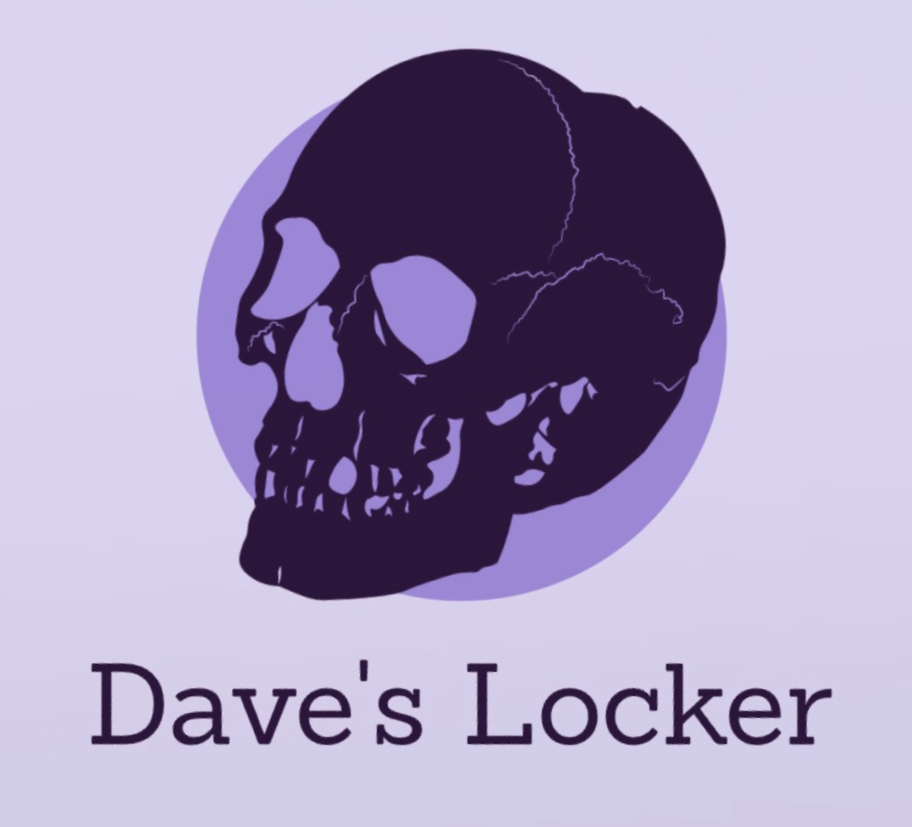Special Education Layoffs: The Global Trend That’s Leaving Students Behind
# **Special Education Layoffs: When the System Fails the Ones Who Need It Most**
In the grand theater of global education, there’s a troubling plot twist that’s been trending harder than a TikTok dance challenge: **special education layoffs**. Across the globe, from the bustling streets of New York to the serene landscapes of Scandinavia, schools are cutting special education programs and staff, leaving students with disabilities and their families in a lurch. But why is this happening, and why should you care? Let’s dive in.
## **The Cultural Context: A Global Phenomenon**
Special education layoffs aren’t just a U.S. problem—they’re a worldwide issue, fueled by a mix of budget cuts, policy shifts, and societal attitudes toward disability. In the U.S., the Individuals with Disabilities Education Act (IDEA) has long been the backbone of special education, but funding gaps and bureaucratic red tape have left many districts scrambling. Meanwhile, in countries like the UK, austerity measures have led to cuts in special education funding, leaving parents to fight for their children’s rights.
In some cultures, disability is still stigmatized, making it easier for policymakers to justify cuts. But in others, like Scandinavia, where inclusivity is a core value, layoffs are met with fierce resistance. The global trend, however, is clear: special education is under threat, and the consequences are dire.
## **The Social Impact: More Than Just a Budget Cut**
When schools lay off special education teachers and aides, the ripple effects are felt far beyond the classroom. Students with disabilities—who already face immense challenges—are left without the support they need to thrive. Parents, already stretched thin, are forced to become advocates, fighting for services that should be guaranteed.
But the impact doesn’t stop there. Special education programs often serve as a lifeline for entire communities, providing resources and training for families. When those programs vanish, so does a critical support system. And let’s not forget the broader societal cost: when we fail to invest in these students, we’re failing to invest in their potential contributions to the world.
## **Why This Topic Matters: A Call to Action**
So, why should you care about special education layoffs? Because this isn’t just about education—it’s about equity, justice, and the kind of society we want to live in. When we cut special education, we’re sending a message that some lives are worth less than others. And that’s a message we should all reject.
But here’s the good news: this trend isn’t inevitable. Advocacy works. Parents, teachers, and students have successfully fought back against cuts in the past, and they can do it again. Whether it’s through social media campaigns, protests, or lobbying lawmakers, there are ways to make a difference.
## **The Bottom Line**
Special education layoffs are a symptom of a larger problem: a world that often undervalues the needs of its most vulnerable members. But it doesn’t have to stay that way. By raising awareness, demanding accountability, and supporting those on the front lines, we can ensure that every student—regardless of ability—gets the education they deserve.
So, the next time you see a trending hashtag about special education, don’t just scroll past. Engage. Share. Advocate. Because in the grand scheme of things, this isn’t just a trend—it’s a movement. And it’s one worth fighting for.
—







